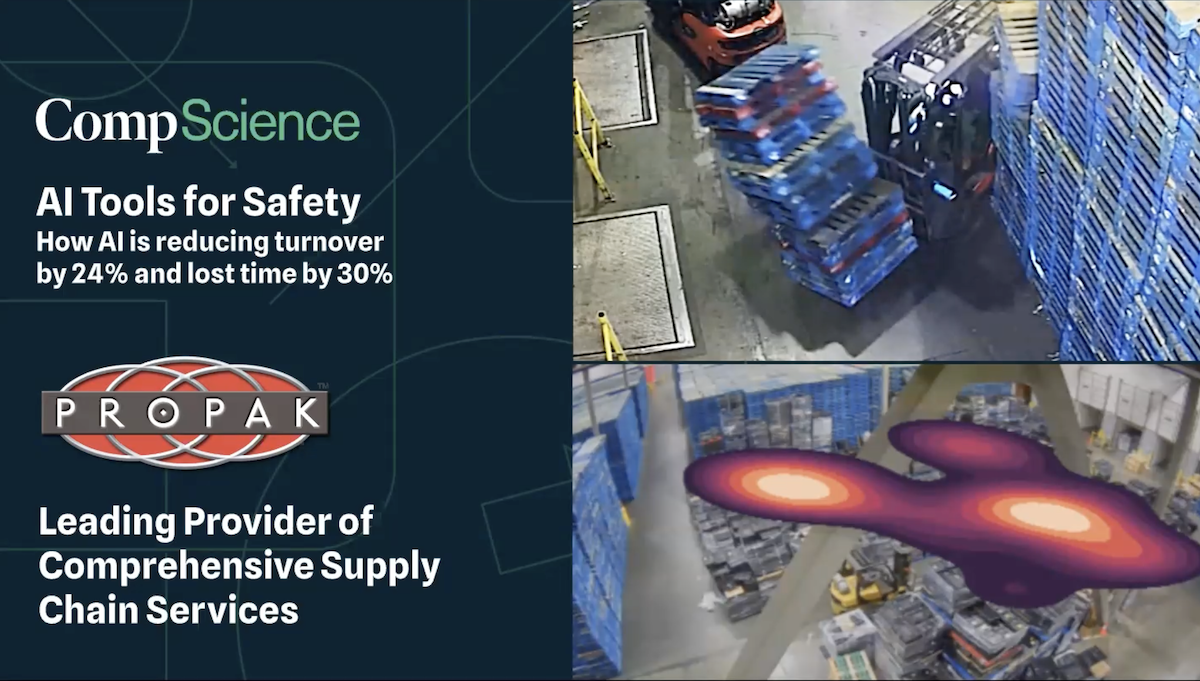How To Focus A CFO On Improving Workplace Safety?
Here are a few strategies that may be helpful in convincing a CFO to prioritize workplace safety. It may not be clear at first why improving safety with analytics is important, but reducing accidents and improving an X-mod has high impact on costs. Talk with CompScience about how we can help reduce injuries with the Intelligent Safety Platform.
But first, here’s the financial logic of focusing on safety:
- Emphasize the financial benefits: One of the most effective ways to persuade a CFO to improve workplace safety is to demonstrate the financial benefits of doing so. This could include demonstrating how reducing workplace accidents and injuries can lead to lower workers’ compensation costs, higher productivity, and reduced legal liabilities.
- Present data and research: CFOs often rely on data and research to make decisions, so presenting data on the costs and consequences of workplace accidents and injuries can be effective in convincing a CFO to prioritize safety.
- Highlight the impact on employee morale: Poor workplace safety can have a negative impact on employee morale, which can result in higher turnover rates and decreased productivity. Emphasizing the importance of workplace safety to employee satisfaction can help persuade a CFO to prioritize safety.
- Emphasize the importance of company reputation: Poor workplace safety can damage a company’s reputation, which can lead to a loss of customers and business. Emphasizing the importance of maintaining a positive reputation can be an effective way to persuade a CFO to prioritize safety.
- Number 1 reason? Lowering a company’s X-Mod
Overall, it is important to approach the conversation about improving workplace safety in a way that speaks to the concerns and priorities of the CFO. By presenting data, research, and the financial and reputational benefits of improved safety, you may be able to persuade the CFO to prioritize safety.
But, lowering an X-mod is key.
X-Mod, or Experience Modification Rate, is a factor used by insurance companies to adjust workers’ compensation premiums for individual employers based on their safety record. The lower an employer’s X-Mod, the lower their workers’ compensation premiums will be.
There are several financial benefits of lowering X-Mod, including:
- Cost Savings: Lowering X-Mod can result in significant cost savings for employers. Workers’ compensation premiums are a major expense for many businesses, and a lower X-Mod can mean lower premiums.
- Improved Cash Flow: Lowering X-Mod can also improve cash flow for businesses. Lower premiums mean that businesses have more money available to invest in other areas of their operations.
- Improved Competitiveness: A lower X-Mod can make a business more competitive in its industry. Lower premiums can help businesses to offer lower prices to customers, or to invest more in marketing and other initiatives to grow their business.
- Reduced Risk of Audits: Employers with a lower X-Mod are less likely to be audited by insurance companies. Audits can be time-consuming and expensive, so reducing the risk of an audit can be a significant benefit for businesses.
- Improved Employee Morale: A safer workplace can improve employee morale and reduce turnover. Employees are more likely to stay with a company that prioritizes their safety and well-being, which can save businesses money on recruitment and training costs.
Overall, lowering X-Mod can have a number of financial benefits for businesses. By investing in safety and reducing the risk of workplace injuries, businesses can save money on workers’ compensation premiums, improve cash flow, and become more competitive in their industry.
Learn more









